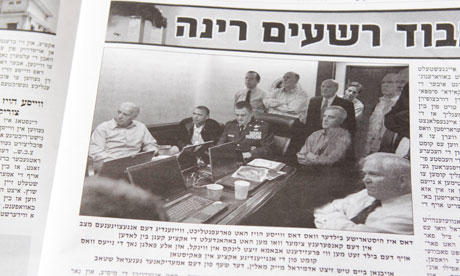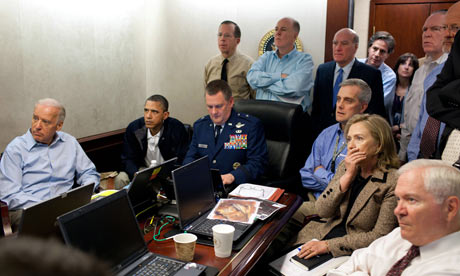This will be the final post for this blog. By posting issues in publication and design, I have gained knowledge on media. I am more receptive and aware of the concepts, theories and principles of the media. While writing the blog I also gain a more in depth understanding on theoretical perspectives and editing for web and print media.
It is important that one needs to have a basic knowledge of web posting and particular decency when posting. The facts on how to post are essential also, as Bell and Garrett (1998) sates that it is ‘no longer just written, but “designed”, and multimodally articulated’. Thus, it is necessary to know how to deal with the multimodality of the blog. As it Reep (2006) mention ‘the principles of design are qualities important to any visual presentation regardless of topic or audience.’
In sum, the blog posting was interesting and informative.
Thank you for reading!
References:
Bell and Garrett 1998, Approaches to media discourse, Wiley-Blackwell, USA, viewed on 5th November 2011, <http://books.google.com.my/books?id=ujGG6FQha98C&pg=PA187&lpg=
PA187&dq=no+longer+just+written,+but+%E2%80%9Cdesigned%E2%80%9D,+and+multimodally+articulated%E2%80%99&source=bl&ots=EWHiqB8HGP&sig=31WwyC5OCUGWM3wJcdoP9i_sJ28&hl=en&ei=KZS2TqKVGM6srAfJv4j2Aw&sa=X&oi=book_result&ct=result&resnum=1&ved=0CBsQ6AEwAA#v=onepage&q=no%20longer%20just%20written%2C%20but%20%E2%80%9Cdesigned%E2%80%9D%2C%20and%20multimodally%20articulated%E2%80%99&f=false>.
Reep 2006, Technical writing: Document Design, Pearson/Longman, New York.
Pics-site 2011, Awesome Reflection Lake Photos, viewed on 5th November 2011, <http://www.pics-site.com/2011/03/15/awesome-reflection-lake-photos/>.











